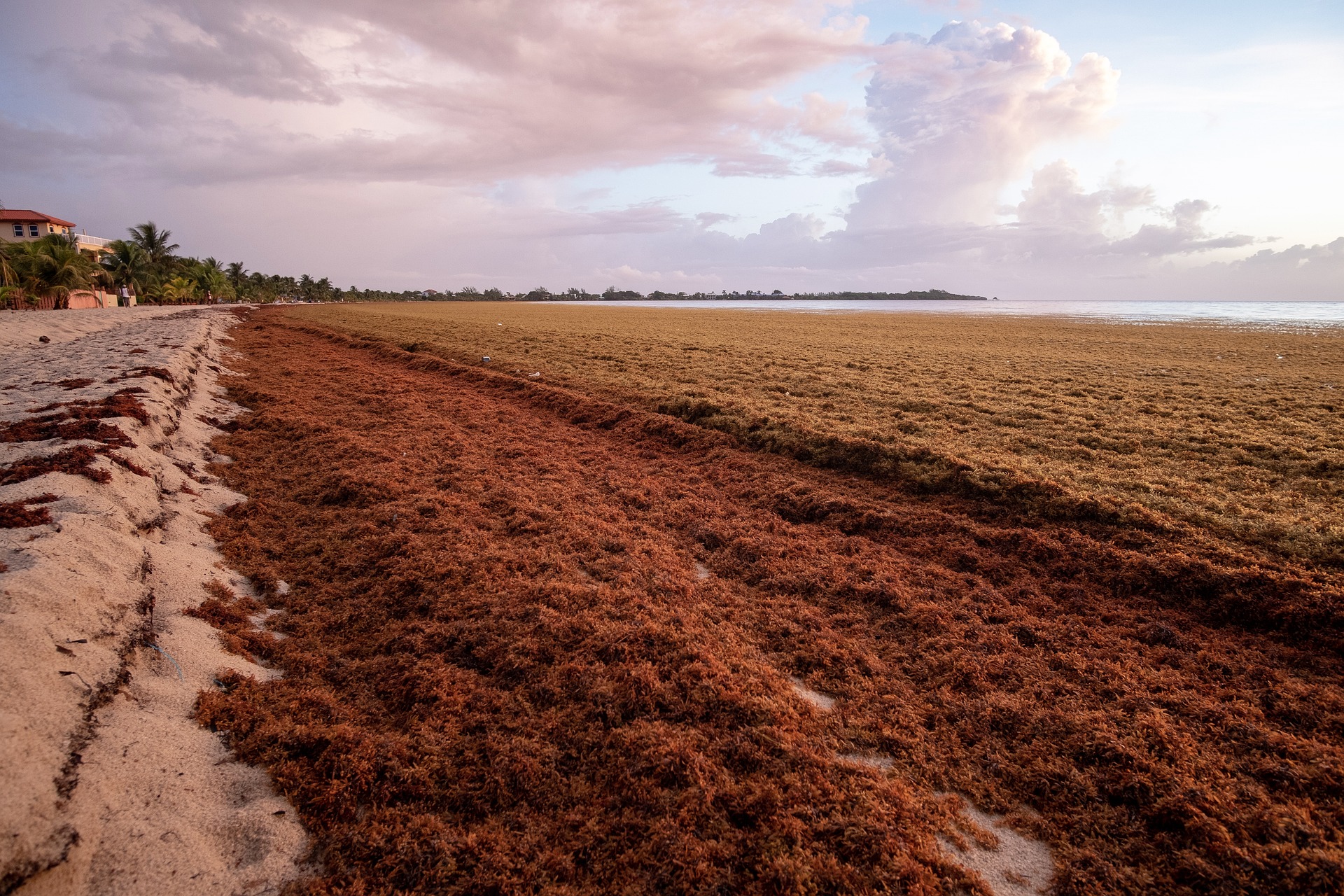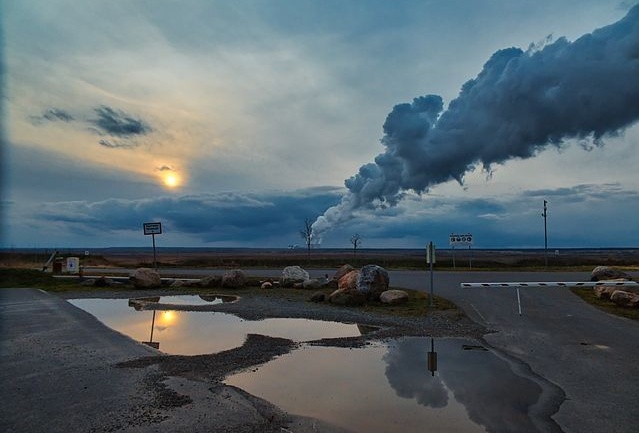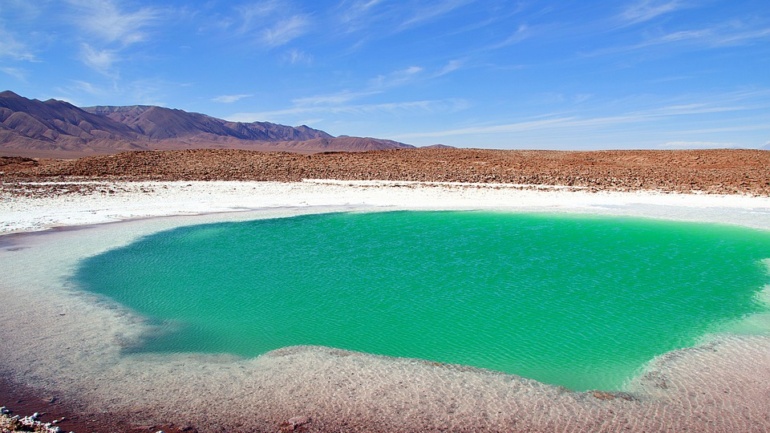By Julia Lee, Publishing Associate at Save the Water™ | April 10 2023
A 5,000 mile belt of seaweed roaming the Atlantic Ocean is expected to approach Florida beaches and other shorelines along the Gulf of Mexico in coming months. This poses a threat of setting potentially harmful amounts of seaweed on beaches.
Scientists have monitored Sargassum bloom cycles since 2011. They expressed concern in recent weeks, as the abundance increased to 6 million tons. This is the second highest abundance recorded for this time of year.
What is Sargassum?
Sargassum is a type of seaweed that belongs to the brown algae family. It’s unique in that it floats freely, unattached to the ocean’s floor. Instead, it forms large mats on the surface of the ocean composed of different Sargassum species. These mats stretch for miles. Sargassum can be several meters thick. It provides homes to marine species such as turtles, fish, and crabs. The mats also serve as nursery areas for young marine animals that seek shelter in the floating seaweed. Additionally, Sargassum is a source of food for many marine organisms.
Sargassum is found in different parts of the world. However, it’s most associated with the Sargasso Sea, the region of the Atlantic Ocean named after it. There’s been ongoing excessive growth of Sargassum in some regions, such as the Great Atlantic Sargassum Belt, stretching from the west coast of Africa to the Gulf of Mexico and the Caribbean Sea. This covers an area of approximately 8 million square kilometers.
Impacts of Excessive Sargassum Growth
In recent years, the amount of Sargassum in the Great Atlantic Sargassum Belt has increased drastically. This has led to what’s referred to as a “Sargassum crisis”.
The increase is believed to be a result of several factors:
- Nutrient runoff from agricultural activities
- Wind
- Warming ocean temperatures
- Human-altered nitrogen cycles
Sargassum may not be negative in and of itself. However, when it washes ashore in mass strands, it can have negative impacts on coastal communities, tourism, and fisheries.
These impacts are both biophysical and socio-economic:
- Smothering and shading of marine habitats
- Entangling and trapping of marine wildlife
- Reduction of food available to marine wildlife
- Costly removal process on land
- Release of hydrogen sulfide gas
- Decreasing of oxygen levels in water
- Compaction of beaches during removal
- Spoiling of aesthetic appeal of beaches
Sargassum Removal Process
Removing Sargassum from beaches can be a costly and environmentally challenging process. As Florida authorities expect Sargassum to fill beaches, they’re taking measures to prepare for the removal process. Similar to the processes used in the hurricane protection infrastructure, Florida authorities are being proactive about the removal process. They’re exploring the best options.
The removal process can involve measures to bury the Sargassum under sand dunes to provide nutrients to the beach’s ecosystem. Other measures include raking the seaweed into trucks to get it off beaches. For resorts, hotels, and other amenities-based beaches, this can turn out to be a time-consuming operation.
The raking process can lead to the erosion of sand. Furthermore, it poses a threat to species living in the sand, such as crabs. There have been several technologies created to remove the seaweed from the sand in ways that aim to preserve beaches. For example, the Eddy Pump or the Desmi Mesh Boom.




